Foresights and ideas that expand minds and inspire a change of heart.
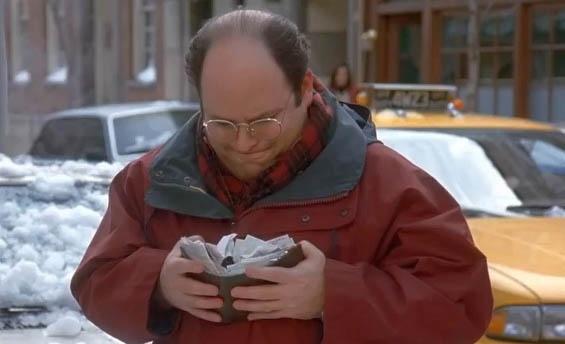
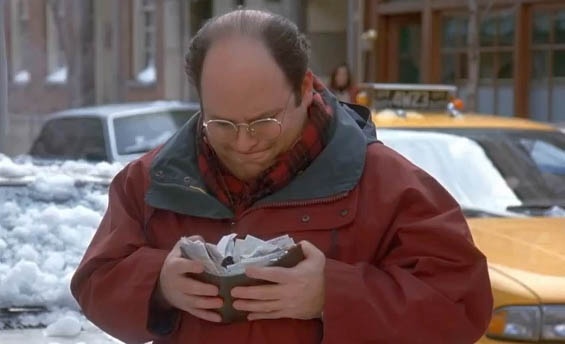
Some of you may still like to live by the words of the great Western philosopher, George Costanza (yes, from Seinfeld). Among his many ‘wisdoms’, he even commented on the financial services industry, saying, ‘Important things go in a case’. In other words, for everything important in life, you need to have a physical package – for George, this meant a wallet for his cash (even if it meant back pain). But fast-forward a few years and everyone except Mafioso types and those operating in the illegal drugs business are entering the world of a cashless society. Money is already virtualising, and this changes the game – for good and bad.
In a previous blog I talk about the example from my home country of Sweden, where Situation Stockholm, the local fundraising newspaper for the homeless (similar to Australia’s Big Issue) experienced a 59 per cent sales increase after sellers were given mobile payment options via the mobile collaboration with iZettle. So it wasn’t that my fellow countrymen and women were heartless misers who didn’t support the cause; they just didn’t have the coins on them to buy the newspaper. Now that the process is more seamless, sales have gone up. Imagine, instead of avoiding a seller’s eyes next time you see them on the street, being able to flash your card at them and seamlessly fulfil your wish to support a good cause through NFC or biometric authentication! Very futurist, indeed.
And it’s not just gen Ys, millennials or digital natives who are going cashless – baby boomers and pensioners also prefer to use cards. These consumers even prefer biosecurity such as fingerprint identification instead of having to remember more passwords. Why? Well, partly, because it helps solves #PINFLATION – the idea that the more we use a particular PIN, the more exposed we get. Biometrics fixes this human security flaw. (For more of my thoughts on the advantages of biometrics, check out my interview below from Sky News.)
As consumers move to virtual cash, their banks have access to more and more data on them. As we move to cashless payments, we leave behind digital clues – digital crumbs – of what our behaviours are, helping companies predict what these behaviours are going to be in the future. This means that every time you contribute social data, you are creating credit data - which innovative players (like the below) are starting to use to make predictions about your digital trust scores. In an era where old credit scores are a lagging indicator, FinTechs are using social data as credit data. Heritage banks have an opportunity here - to be there at every micro-moment (as Google calls them) of decision making or need-formulation, providing answers, and building more digitally intimate relationships.
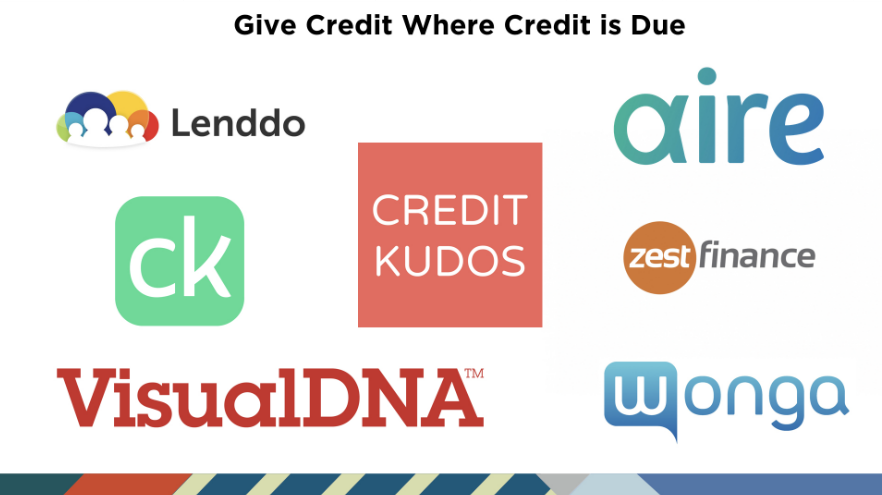
At the moment, however, many banks see all this big data as too complex (or private) to mine or too isolated in silos. They’re bound up in regulation instead of revelling in innovation. And while heritage players are busy focusing on regulation, FinTechs are focusing on innovation.
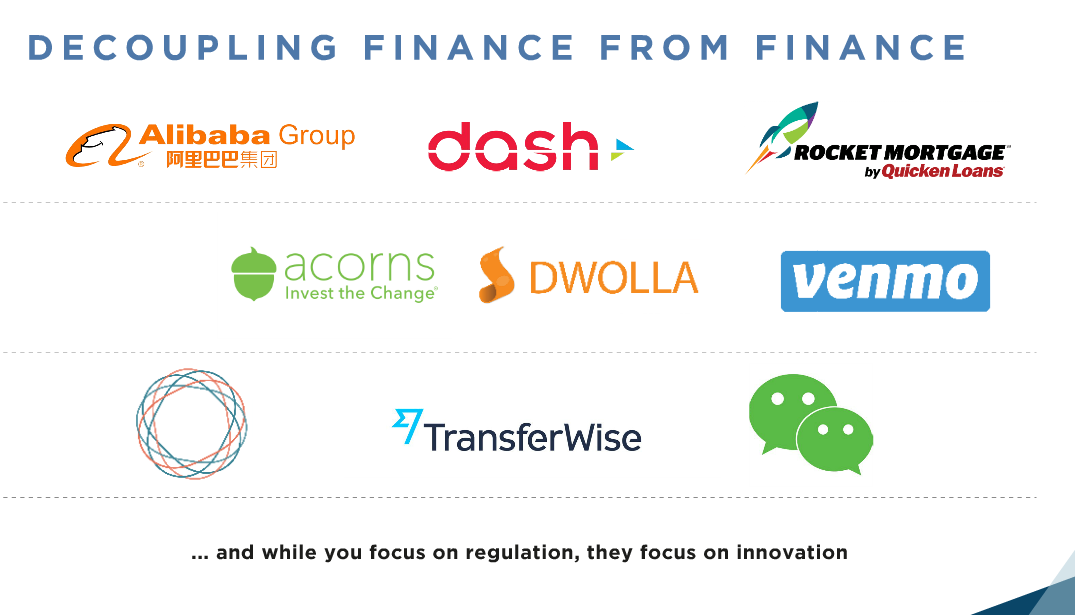
If, as a bank, you’re not interested in this kind of information, I know some people who are – cyber criminals! I did a keynote speech about this for Booz Allen Hamilton and the venture capital firm, ClearSky during the RSA CyberSecurity Conference in 2018 in San Francisco. These guys are mining your data, stealing your customer’s information, and hacking into your operational systems. They are very interested in the contact details and consumer behaviour of your customers and clients. And they’re causing problems – and damaging your brand – through hacking, false invoicing, denial of service and malware.
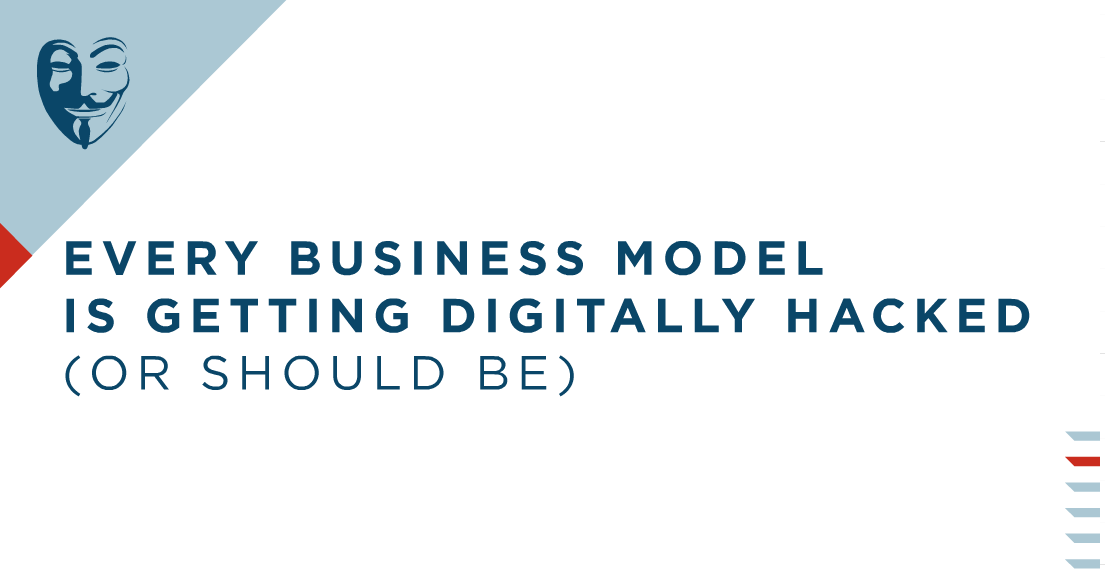
This is all costing us money. In Australia, according to 2017 figures from the Australian Bureau of Statistics (ABS) and the Australian Competition and Consumer Commission (ACCC):
The worldwide stats are just as frightening, with a 2017 report from specialist insurer Hiscox estimating cybercrime cost the global economy $450 billion. An eight-year study from Ponemon Institute and Accenture, also published in 2017, highlighted:
These criminals get it. They get the treasure trove of data the banks are sitting on and they’re innovative – and they aren’t bound by regulations (duh). Banks can’t only focus on protecting their customers and themselves from these guys. They need to be beating them at their own game, be better innovators than them and better at taking advantage of their own data to move towards seamless banking. And if banks and credit unions are not there to design more secure, more customer-centric solutions, using psychographics, both cyber criminals and FinTechs will continue to profit from your customer data.
Check out my session from Erste Bank in Austria for further discussion of these ideas.
Click below to browse through the various industry vertical thought leadership we have available in our video channel library we available through Wistia.

Header Text
Lorem ipsum dolor sit amet, consectetur adipiscing elit, sed do eiusmod tempor incididunt ut labore et dolore magna aliqua. Ut enim ad minim veniam, quis nostrud exercitation ullamco laboris nisi ut aliquip ex ea commodo consequat. Duis aute irure dolor in reprehenderit in voluptate velit esse cillum dolore eu fugiat nulla pariatur.
Lorem ipsum dolor sit amet, consectetur adipiscing elit, sed do eiusmod tempor incididunt ut labore et dolore magna aliqua. Ut enim ad minim veniam, quis nostrud exercitation ullamco laboris nisi ut aliquip ex ea commodo consequat. Duis aute irure dolor in reprehenderit in voluptate velit esse cillum dolore eu fugiat nulla pariatur.
Lorem ipsum dolor sit amet, consectetur adipiscing elit, sed do eiusmod tempor incididunt ut labore et dolore magna aliqua. Ut enim ad minim veniam, quis nostrud exercitation ullamco laboris nisi ut aliquip ex ea commodo consequat. Duis aute irure dolor in reprehenderit in voluptate velit esse cillum dolore eu fugiat nulla pariatur.

Header Text
Lorem ipsum dolor sit amet, consectetur adipiscing elit, sed do eiusmod tempor incididunt ut labore et dolore magna aliqua. Ut enim ad minim veniam, quis nostrud exercitation ullamco laboris nisi ut aliquip ex ea commodo consequat. Duis aute irure dolor in reprehenderit in voluptate velit esse cillum dolore eu fugiat nulla pariatur.
Lorem ipsum dolor sit amet, consectetur adipiscing elit, sed do eiusmod tempor incididunt ut labore et dolore magna aliqua. Ut enim ad minim veniam, quis nostrud exercitation ullamco laboris nisi ut aliquip ex ea commodo consequat. Duis aute irure dolor in reprehenderit in voluptate velit esse cillum dolore eu fugiat nulla pariatur.
Lorem ipsum dolor sit amet, consectetur adipiscing elit, sed do eiusmod tempor incididunt ut labore et dolore magna aliqua. Ut enim ad minim veniam, quis nostrud exercitation ullamco laboris nisi ut aliquip ex ea commodo consequat. Duis aute irure dolor in reprehenderit in voluptate velit esse cillum dolore eu fugiat nulla pariatur.

Header Text
Lorem ipsum dolor sit amet, consectetur adipiscing elit, sed do eiusmod tempor incididunt ut labore et dolore magna aliqua. Ut enim ad minim veniam, quis nostrud exercitation ullamco laboris nisi ut aliquip ex ea commodo consequat. Duis aute irure dolor in reprehenderit in voluptate velit esse cillum dolore eu fugiat nulla pariatur.
Lorem ipsum dolor sit amet, consectetur adipiscing elit, sed do eiusmod tempor incididunt ut labore et dolore magna aliqua. Ut enim ad minim veniam, quis nostrud exercitation ullamco laboris nisi ut aliquip ex ea commodo consequat. Duis aute irure dolor in reprehenderit in voluptate velit esse cillum dolore eu fugiat nulla pariatur.
Lorem ipsum dolor sit amet, consectetur adipiscing elit, sed do eiusmod tempor incididunt ut labore et dolore magna aliqua. Ut enim ad minim veniam, quis nostrud exercitation ullamco laboris nisi ut aliquip ex ea commodo consequat. Duis aute irure dolor in reprehenderit in voluptate velit esse cillum dolore eu fugiat nulla pariatur.
& STAY UP TO DATE WITH FORESIGHTS AND TREND REPORTS!
WE WILL EQUIP YOU WITH THE VIDEOS AND MATERIALS YOU NEED TO SUCCESSFULLY PITCH ASN.
0 Comment